Animals
All animals were housed at Furuviksparken, Furuvik, Sweden. The animals were all born in captivity and had participated in previous studies and were thus accustomed to participating in behavioural tests. The present study took place both when the park was open for visitors, as well as when it was closed. The three cognitive tasks were performed in the enclosure of the animals by myself, with one voluntarily participating animal at a time.

Ring-tailed lemur (Lemur catta)
Native to Madagascar, ring-tailed lemurs belong to the lower primate (Strepsirrhini) suborder, and are the most famous species of lemur in the world. They are currently listed as Endangered (EN) in the IUCN red list. Five adult male ring-tailed lemurs participated in the object permanence test and visual associative learning test, and four lemurs participated in the visual stimulus reversal learning test.
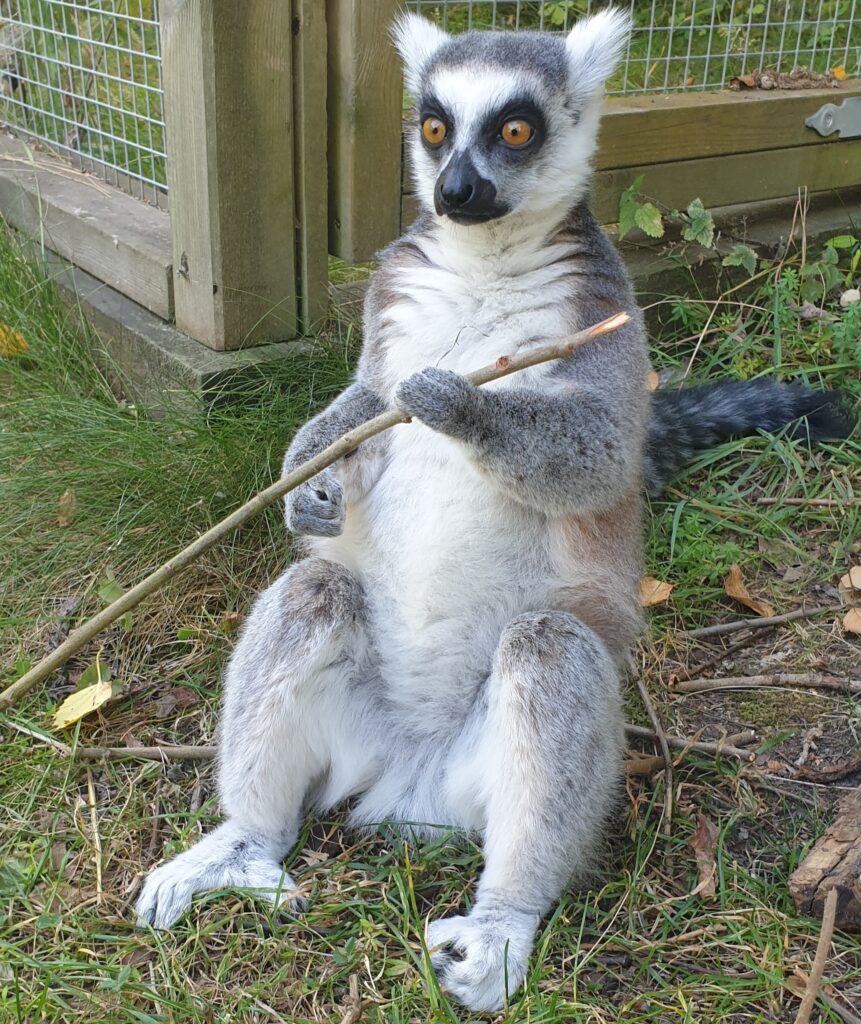
White-faced saki (Pithecia pithecia)
This species of monkey hails from northern South America and belongs to the new world monkey (Platyrrhini) parvorder. They are currently listed on the IUCN red list as Least concern (LC). For all three cognitive tasks, two adult male sakis and two adult female sakis participated.

Testing apparatus
All three tests used a grey board featuring two small cups, used to hide one food rewards. In the object permanence test, the two cups were identical, both coloured brown. In the visual associative learning test and the visual stimulus reversal learning test, one cup was white and the other was black. The goal of each task was to correctly touch the cup containing the food reward, while avoiding to touch the empty cup.
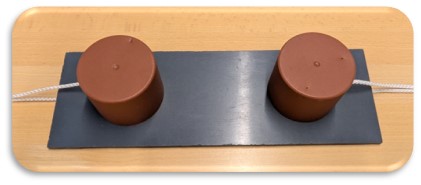
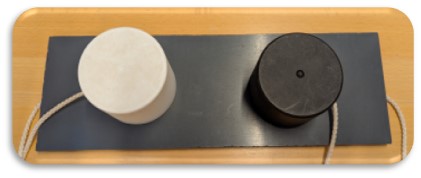
Object permanence test
The first task allowed the animals to observe under which brown cup the food reward was hidden. Once the animal touched the correct cup, they recieved the food reward. This trial was repeated 10 times to make up a session, and 10 sessions were performed per individual.

Visual associative learning test
This time, the animals were not allowed to observe the reward being hidden. Instead, each animal was assigned either the white cup or the black cup, with which to associate with a reward. The animals were required to touch their assigned colour cup, which always contained the food reward. In this task, 20 sessions were performed, with 10 trials in each session.
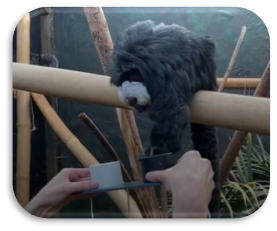
Visual stimulus reversal learning test
After completing the previous test. The assigned colour cup was reversed for all animals, requiring a black-cup assigned individual to now associate the reward with the white cup instead, and vice versa. 20 sessions were performed, after which another reversal was performed. The animals then performed 20 more sessions with their orignial assigned colour, with a final reversal being performed for 20 more sessions. In total, three reversals were performed with 20 sessions each, each session being comprised of 10 trials.
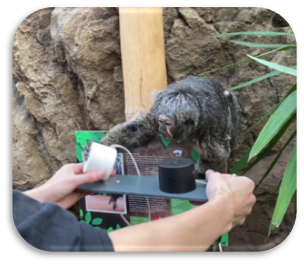
Data analysis
Data analysis was performed using RStudio.
The number of correct responses (choosing the cup containing the reward) was recorded per session in all three tests. A learning criterion of 70% correct responses across 2 consecutive sessions was set, to indicate the animal possessing the cognitive ability, reflecting a significant result (binomial test, p<0.05). The mean score of all individuals (separated by species) was analysed for significant improving or worsening of score (Spearman’s ranked correlation test).